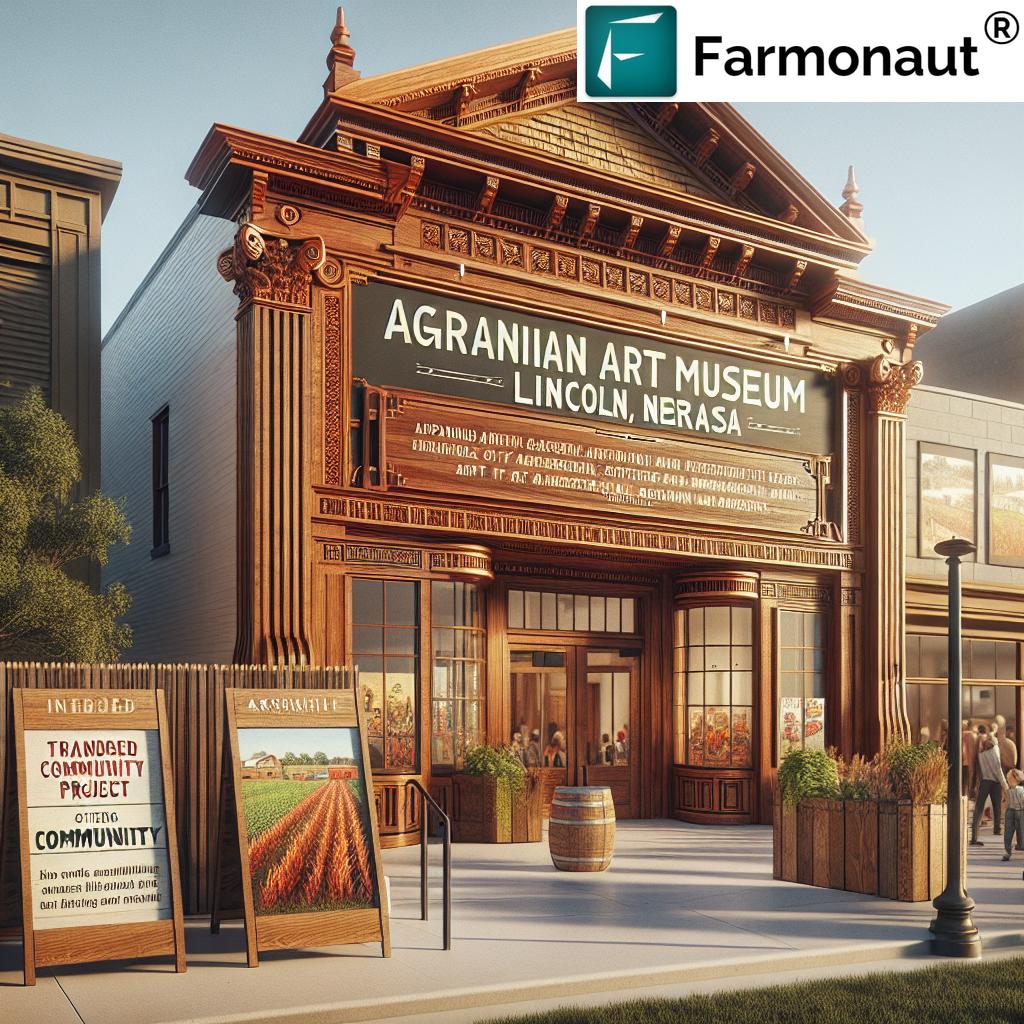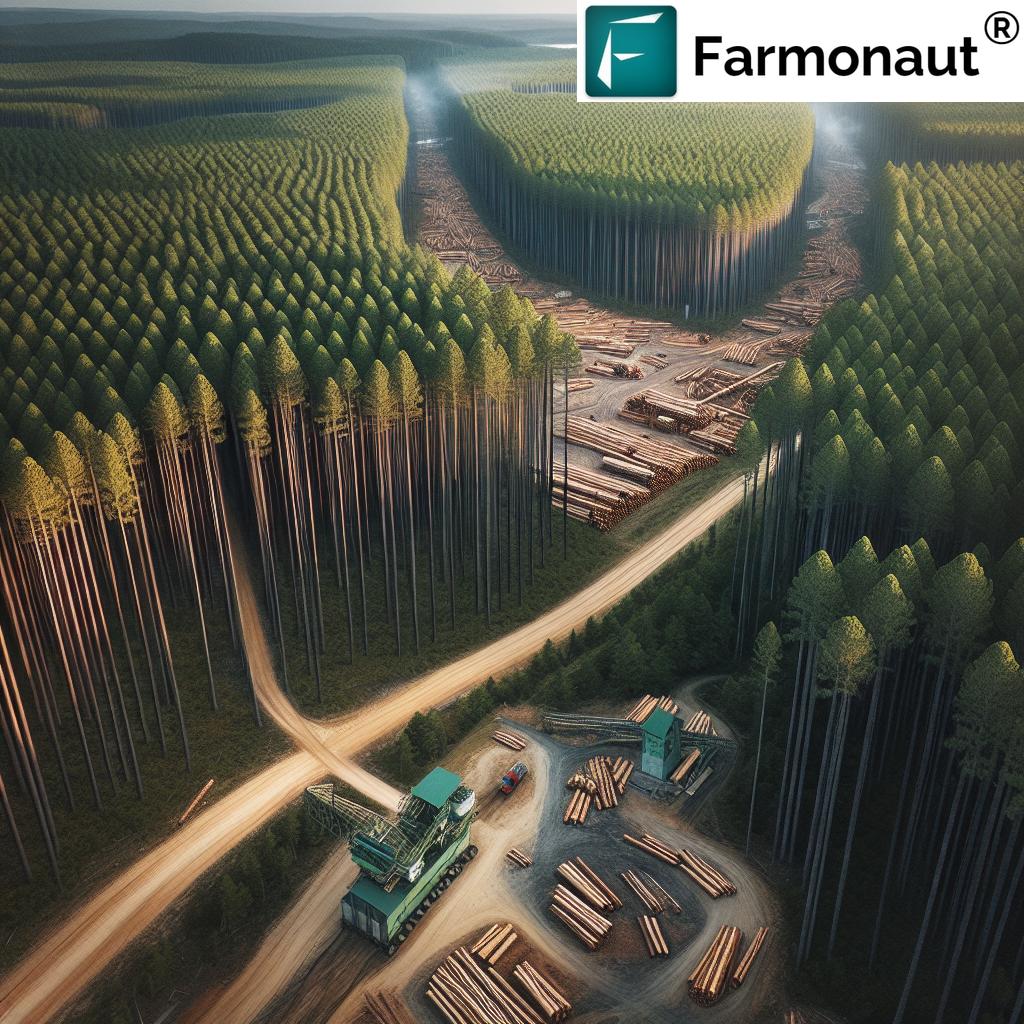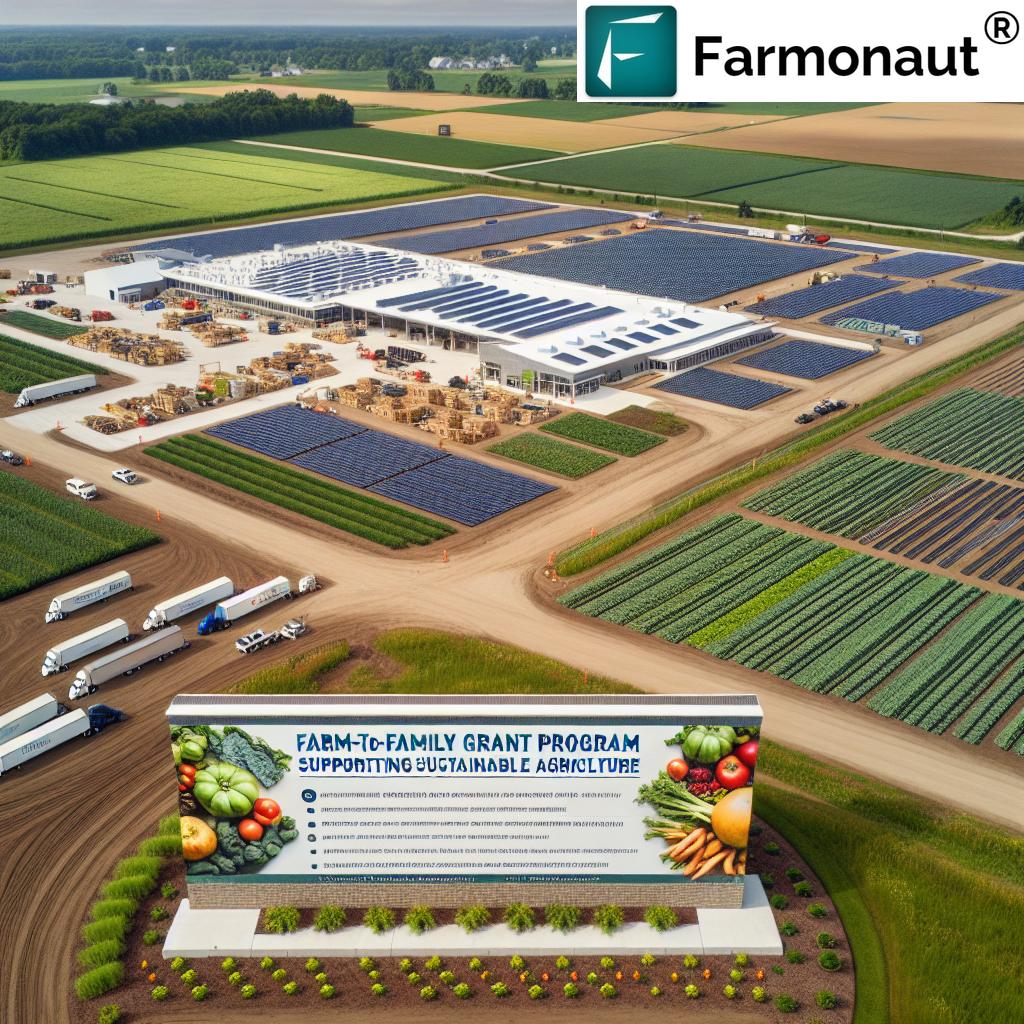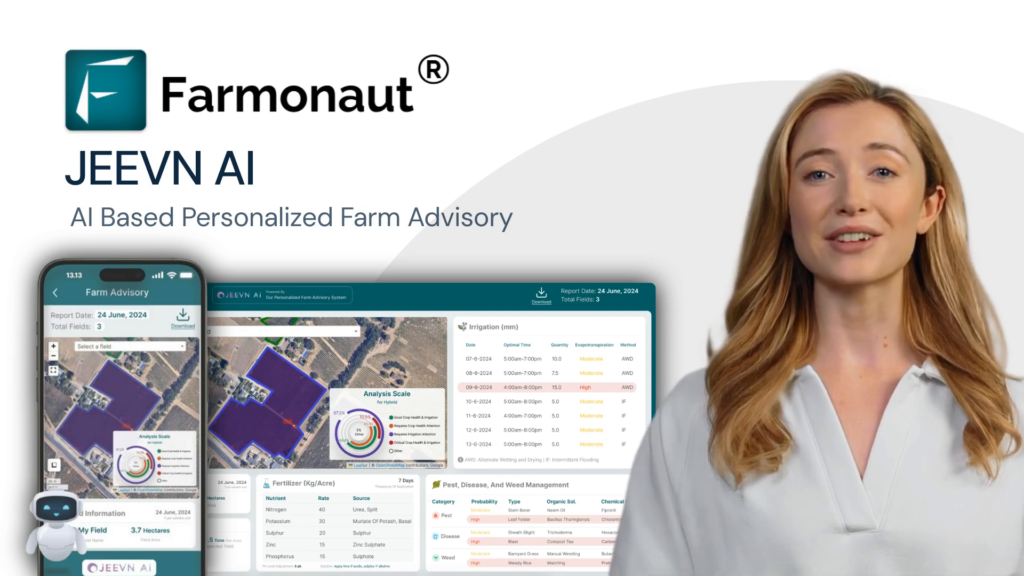Chicago Hardy Fig Tree, Banana & Celeste Fig Guide 2026: The Cool Climate Resilient Urban Orchard
The Rise of Cold-Hardy Fruit Trees in Urban Agriculture
Over the recent years, we have witnessed a transformative shift towards cultivating cold-hardy fruit trees in response to increasing climate unpredictability and the need for crop resilience. In urban environments—from the heart of downtown Chicago to smaller suburban settings—the push for sustainable agriculture has never been stronger.
Among the many pivotal species enabling this shift, the Chicago Hardy Fig Tree and cold hardy banana tree (Musa basjoo and similar varieties) have emerged as symbols of adaptability, resilience, and local fruit diversity. These trees are not only changing the skyline of Northern urban gardens, but proving that tropical and Mediterranean crops can thrive where once thought impossible.
As we move into 2026 and beyond, the importance of integrating hardy fruit trees into urban farming systems grows, especially as communities strive to boost food security, bolster biodiversity, and adapt to challenging climates.
Chicago Hardy Fig Tree: Resilience, Productivity, & Urban Impact
The Chicago Hardy Fig Tree (Ficus carica ‘Chicago Hardy’)—sometimes simply called the Chicago Hardy Fig—is celebrated throughout the Midwest and northern regions for its exceptional cold tolerance. Let’s explore the unique characteristics and advantages that make this fig tree a standout in both urban agriculture and agroforestry systems.
Why Choose the Chicago Hardy Fig Tree?
- Resilience Against Cold: It can consistently survive temperatures down to -10°F (-23°C), enduring harsh winters with minimal protection.
- Adaptability: Thrives in diverse settings—from urban backyards and rooftop gardens to small farms in temperate and even northern climates.
- Quality & Productivity: Produces medium-sized, sweet figs (often deep purple and honey-flavored) ideal for fresh consumption, dried fruits, jams, artisanal products, and local sales.
- Low Maintenance: Requires little maintenance, is relatively free of pests and diseases, and typically does not require chemical interventions.
- Soil & Urban Benefits: Expansive root system helps stabilize urban soil, limits erosion, and improves soil health.
How Chicago Hardy Fig Empowers Sustainable Urban Agriculture
The Chicago Hardy Fig Tree offers significant value to urban farmers, gardeners, and integrated agroforestry projects:
- Perennial Resilience: Unlike annual crops, figs offer multi-year benefits with less labor and long-term food security.
- Climate Adaptation: Its ability to withstand extreme winters (with only simple mulching or wrapping) positions it as a champion for resilient crop planning in unpredictable climates.
- Biodiversity: When combined with other hardy fruit trees (such as Celeste Fig or even cold hardy bananas), the Chicago Hardy Fig encourages pollinator activity, attracts beneficial insects, and increases local ecosystem richness.
For more on how innovative agriculture and satellite tech empower small and urban farm profitability, watch the above video!
When and How Does the Chicago Hardy Fig Produce Fruit?
- Harvest Season: Typically late summer through early fall.
- Fruit Quality: Figs are sweet, nutrient-rich, and have a honeyed flavor. Prized for eating fresh, making preserves, or adding value to local farmers markets.
- Mature Tree Productivity: A well-established tree can produce 15–25 lbs of fruit or more per season, depending on age and care.
Cold Hardy Banana Tree: Enabling Tropical Diversity Northward
The cold hardy banana tree is rapidly expanding tropical agriculture northward. Bananas, once only associated with subtropical and tropical climates, can now be seen gracing the landscape in temperate urban gardens across cooler regions.
What Makes Cold Hardy Banana Trees Unique?
- Cold Tolerance: Musa basjoo and related species survive to -10°F (-23°C) with adequate winter mulch.
- Rapid Growth: These bananas grow quickly to heights of up to 10–12 feet, creating a lush, tropical feel in urban settings.
- Sustainable Crop Uses: While the fruit is typically smaller and less sweet than tropical commercial bananas, it is edible, and the stalks/leaves are useful for culinary, animal fodder, and fiber production.
- Biodiversity: Their broad leaves provide habitat, shade, and moisture retention advantages, enriching agroforestry systems and urban permaculture.
Benefits of the Cold Hardy Banana Tree for Sustainable Farms
- Season Extension: Adds new fruiting options in regions where few “exotic” fruits are possible.
- Low Input, High Visual Impact: Requires little ongoing fertilization or chemical input; enhances neighborhood aesthetics and urban biodiversity.
- Soil & Moisture Control: Their dense root system and heavy leaf cover help retain soil moisture and combat urban heat islands.
- Culinary Potential: Ripe bananas can be used in jams, dried snacks, local desserts, and green bananas have many savory uses.
Learn effective chemical-free banana care from the video above—vital for city farmers growing cold hardy bananas!
Growing Cold Hardy Banana Trees in Cooler Regions
planting bananas in northern and midwestern gardens generally involves:
- Deep mulching at the base in late autumn to shelter the root system from extreme cold.
- Positioning plants for full sun and shelter from winter winds (south-facing walls, garden microclimates).
- Dividing pups (offset shoots) in spring to propagate new plants.
Celeste Fig Tree: Complementing Hardy Urban Varieties
While the Chicago Hardy Fig Tree is known for its impressive cold tolerance, the Celeste Fig Tree is a favorite for its distinctive sweet flavor, reliable fruiting, and resistance to fruit splitting in wet weather.
Key Features of the Celeste Fig Tree
- Good Cold Hardiness: Survives winter temperatures as low as 10–15°F (-12°C), making it suitable for most urban regions in zones 6–9.
- Early Fruit Production: “Sugar figs” ripen in early summer, often as early as late June to July, ahead of many other varieties.
- Smaller Mature Size: Perfectly sized for urban yards, raised beds, and container gardening. Grows 6–8 feet tall.
- Rich Taste: Extremely sweet, honey-flavored fruit—regarded as one of the best for raw eating and drying.
- Disease Resistance: Demonstrates natural resistance to root-knot nematodes and common fruitborne diseases.
Tip: Pairing the Celeste Fig Tree with the Chicago Hardy Fig or cold hardy banana tree creates staggered harvests, improved pollinator attraction, and increased food yield for local communities.
Comparing the Best Cold Hardy Fruit Trees for Sustainability
Below is a detailed Comparative Feature & Benefit Table designed for growers, gardeners, and urban sustainability advocates evaluating the three leading cold climate fruit tree options:
| Tree Variety | Cold Hardiness (°F) | Mature Height (ft) | Time to Fruit (yrs) | Fruit Yield/Season (lbs) | Urban Space Suitability | Water Requirement | Climate Resilience | Biodiversity Contribution |
|---|---|---|---|---|---|---|---|---|
| Chicago Hardy Fig | -10°F (-23°C) | 10-12 | 2-3 | 15-25 | High (Patios, yards, raised beds) | Low-Medium | Excellent | High (Pollinators, habitat, erosion) |
| Cold Hardy Banana | -10°F (-23°C)* | 10-14 | 2-4 | 10-15+ † | Moderate (Needs space, or clusters) | Medium-High | Good | Very High (Canopy, habitat, microclimate) |
| Celeste Fig | 10–15°F (-12°C) | 6-8 | 2-3 | 10-20 | Very High (Containers, small yards) | Low | Good | High (Early flowers, pollinators) |
*With adequate mulching; † Banana yield depends on season length and protection.
Integrating Cold-Hardy Trees in Sustainable Urban Farming
As cities like Chicago and other northern regions adopt the urban farming movement, the importance of climate resilient crops and sustainable agroforestry systems cannot be overstated. By introducing hardy species—from the Chicago Hardy Fig Tree to Celeste Fig and cold hardy banana tree—city farmers can turn once challenging environments into productive, nutritious, and eco-diverse edible landscapes.
- Sustainable Food Security: Reliable cold-hardy crops mean local food stays available, even if traditional supply chains are interrupted.
- Climate Smart Urban Design: Including fruit trees in parking lots, sidewalks, rooftop gardens, and community parks reduces temperature swings, sequesters carbon, and supports pollinators year-round.
- Erosion and Soil Health: The robust root systems of figs and bananas help stabilize disturbed urban soils and improve their structure day by day.
- Economic Benefits: Premium value at markets like the Sara Hardy Farmers Market, making these trees essential for resilient small-scale fruit production.
Watch to explore how regenerative agriculture and climate-smart cropping strategies can supercharge soil health and productivity:
For organizations and city farm planners, resources like the carbon footprint monitoring tools from Farmonaut can be instrumental in evaluating and reducing the climate impact of fruit tree planting projects across communities. These tools use satellite imagery and data-driven AI to precisely track soil health, plant growth, and carbon sequestration year-round.
Farmonaut: Satellite Technology for Efficient Crop Management
As climate continues to grow more unpredictable, advanced decision-making is essential for maximizing fruit tree survival and productivity—especially for sensitive crops like figs or cold-hardy bananas. We at Farmonaut bring satellite-driven solutions to modern agriculture, supporting urban, peri-urban, and rural growers with:
- Real-time monitoring of vegetation health, root activity, and soil moisture via satellite imagery in our easy-access web and mobile apps.
- AI-based advisory systems (Jeevn AI) for weather forecasting, crop suitability, and resource management—even in challenging climates.
- Blockchain-based traceability—track your fruits from the Chicago Hardy Fig Tree or cold hardy banana tree all the way to the Sara Hardy Farmers Market using Farmonaut’s product traceability system.
- Environmental Impact Monitoring—track your farm’s carbon footprint and resource usage for sustainable reporting and compliance.
For developers and agri-tech businesses seeking integration, explore the Farmonaut API and Developer Docs. These APIs facilitate access to detailed weather data, satellite imagery for tree & crop monitoring, and resource management—even at city-wide scale!
- Fleet and Resource Optimization:
For urban collectives and larger farms, Farmonaut’s fleet management system improves vehicle/machinery usage and reduces costs on everything from compost hauling to irrigation scheduling.
Sara Hardy Farmers Market: The Role in Urban Tree Adoption & Food Diversity
One of the powerhouse institutions supporting this urban fruit tree revolution is the community-based marketplace. Markets like the Sara Hardy Farmers Market represent so much more than produce sales— they’re vibrant educational and economic hubs for amplifying the impact of cold hardy fruit trees.
- Showcasing Resilient Trees: Growers bring Chicago Hardy Figs, Celeste Fig fruits, and even cold hardy bananas to local buyers—demonstrating what’s possible in even the toughest urban climate.
- Education: Market workshops, signage, and conversations introduce new growers to the potential of cultivating hardy species—especially young families and those new to farming.
- Direct Economic Resilience: Trees that require minimal inputs and deliver consistent crops year after year make economic sense for small farms and backyards—adding value and income diversity.
See how growers in Midwest, like Illinois (Zone 5b, similar to Chicago), maximize their yield and resilience with cold-hardy management strategies in the video above.
Best Practices for Planting & Management in Cooler Regions
For those looking to cultivate Chicago Hardy Fig Trees, cold hardy banana trees, or Celeste Figs in urban environments or small farms, adhering to best horticultural practices will ensure strong plants, rich yields, and lasting success.
Site & Soil Selection
- Choose well-drained soils enriched with organic matter—this prevents root rot, especially for figs, and feeds heavy-feeding bananas.
- Locate trees on south or west-facing walls for winter warmth and shelter from wind.
- Use deep raised beds for restricted urban plots—Celeste figs thrive in containers too.
Planting & Protection
- Plant trees in spring after last frost for best establishment.
- For Chicago Hardy Fig and Celeste Fig, prune in late winter to foster strong frameworks and direct sunlight to fruiting wood.
- Cold hardy bananas require annual mulching (straw, leaves) around stems/base in late fall to insulate from deep cold.
Watering & Feeding
- Figs prefer less frequent but deep watering; bananas need more consistent moisture during their rapid summer growth.
- Mulch with organic material to conserve soil water and suppress weeds naturally.
- Compost or organic slow-release fertilizers every spring help boost yields, especially in city soils.
Disease & Pest Control (Eco-Friendly Approaches)
- These hardy fruit trees are generally low-maintenance but monitor for root rot, nematodes (Celeste), and fungal spots (banana leaves).
- Use integrated pest management or organic treatment methods—as featured in the earlier “Organic Banana Leaf Care” video.
Harvesting & Storage
- Harvest when fruit softens and color deepens—figs will ooze a drop of nectar at the base when ready!
- Banana bunches mature in late summer and can be cut and ripened indoors in cool climates.
- Dried figs and bananas are easy to store and add premium value at urban markets and in home pantries—see video resources below.
Building Community Resilience through Local Fruit Diversity
Food diversity and resilience are vital, as cooler climates adapt to a future of unpredictable weather. With climate resilience in focus, hearty crops like the Chicago Hardy Fig Tree, Celeste Fig, and cold hardy banana tree bolster urban communities by:
- Expanding Local Food Security: Reliable, nutritious fruit harvests mean less dependency on long-haul produce—crucial in market disruptions.
- Empowering Small Farms & Families: Consistent yields and lower agricultural risks provide stable income and rich, culinary experiences.
- Boosting Plant & Animal Biodiversity: Hardy fruit trees support pollinators, songbirds, and invertebrates, creating dynamic mini-ecosystems in the city.
For growers planning reforestation, climate resilience, or urban renewal projects, our team recommends Farmonaut’s crop plantation & forest advisory tools—these offer remote monitoring, best practice guidance, and data-driven analysis across all stages of tree establishment. From site evaluation to health tracking, advanced technology makes smarter farming more accessible.
Frequently Asked Questions: Cold Hardy Fruit Trees for Urban Farming (2026)
1. What is the coldest climate suitable for the Chicago Hardy Fig Tree?
The Chicago Hardy Fig Tree survives winters down to -10°F (-23°C) with proper site selection and simple mulching. This makes it ideal for Midwest and northern U.S. urban and suburban gardens, as well as many parts of Europe and Asia with similar cold winters.
2. Do cold hardy banana trees produce edible bananas in Chicago or similar regions?
Yes! While the bananas may be smaller and less sweet than tropical supermarket varieties, they are edible and can be used for cooking, preserves, or even desserts. In shorter summers, some gardeners overwinter stalks indoors to ensure blooming and fruit set in marginal climates.
3. Is the Celeste Fig Tree as cold tolerant as Chicago Hardy?
The Celeste Fig is quite hardy but not as cold-enduring as the Chicago Hardy Fig. It reliably survives down to about 10–15°F (-12°C). It is still a strong urban choice for slightly milder northern zones and for container growing in colder spots (with seasonal protection indoors).
4. What maintenance do these hardy fruit trees require in an urban setting?
All three—Chicago Hardy Fig, Celeste Fig, and cold hardy banana tree—require minimal ongoing care: annual mulching, some pruning (mainly figs), and deep watering in dry spells. Bananas benefit from regular summer feeding. Most pests can be managed organically.
5. How can I monitor my urban trees’ health and optimize yields?
Use satellite and AI-powered solutions like Farmonaut to get vegetation health maps, weather predictions, and AI-based growing tips. This cutting-edge tech supports small growers and city farms with the same actionable data used by commercial orchards.
Get Started: Farmonaut Subscriptions & Tools for Urban Growers
Ready to take your urban fruit tree operation to the next level? Explore Farmonaut’s affordable, scalable solutions—designed for growers, farms, and organizations of every size. Get real-time tree health updates, seasonal planning advice, blockchain traceability, and more via web or app.
In conclusion: The rise of the Chicago Hardy Fig Tree, Celeste Fig Tree, and cold hardy banana tree signals a bright future for urban farming, sustainable food resilience, and biodiversity across cooler climates. By leveraging advanced strategies, modern technology, and community markets like the Sara Hardy Farmers Market, small spaces and cold zones are being transformed into flourishing orchards—one hardy tree at a time.













